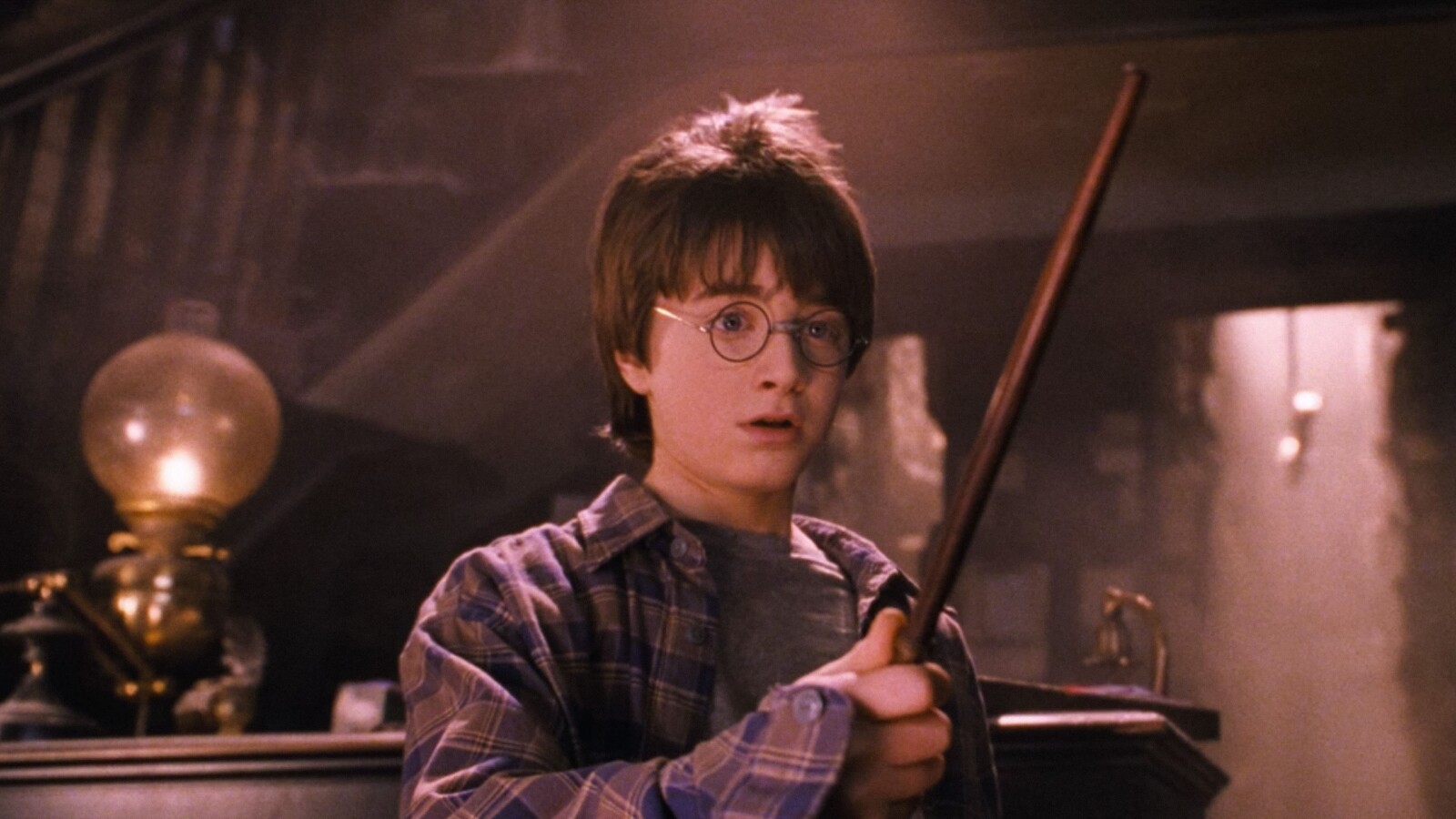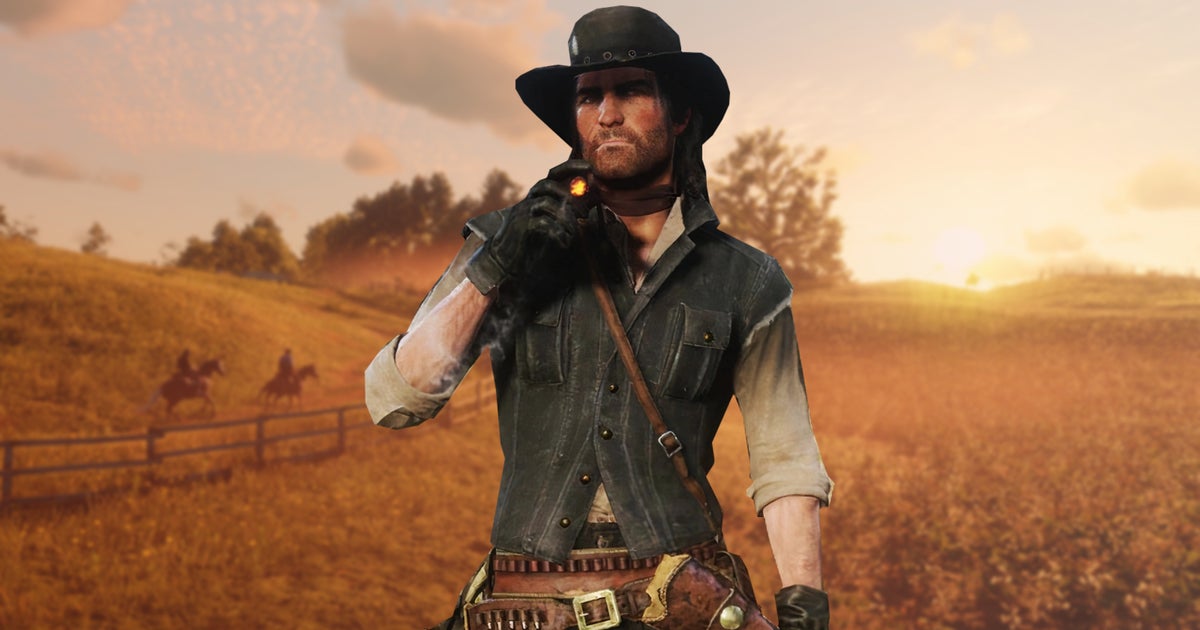The Niantic game, Pokémon GO, is still a revenue generating machine. In 2019 it raised 894 million dollars, the highest figure since its launch in 2016. Although not so much talk about the game as years ago the number of players is still very high. It is worth mentioning that the title receives new content regularly, so players always have new things to do.
In the last update that Pokémon GO has received they have added a feature that was present in the Pokémon saga but not in the mobile game. This characteristic is the evolution by exchange. In Pokémon GO Live explain how it works
There are several Pokémon that take more advantage of evolution by exchange: Kadabra, Machoke, Graveler and Haunter, among others. By the way, if we have received one of these Pokémon before the launch of the update, the cost of candy for its evolution will have zero cost. It turns out that evolution by exchange is applied retroactively. As for the original Pokémon from the Teselia region, they also enter evolution by exchange. Among them we find Boldore, Gurdurr, Karrablast and Shelmet.
By last, new wild Pokémon will arrive
-
Pokémon that will appear wild: Roggenrola, Tympole, Dwebble, Trubbish, Karrablast, Joltik and Shelmet, among others.
-
Pokémon when hatching eggs: Venipede and Dwebble (2 km eggs). Roggenrola, Tympole, Trubbish, Karrablast, Joltik and Shelmet (5 km eggs). Timburr, Tirtouga, Archen and Axew (10 km eggs).
-
Timburr will be available in the incursions of a star.
-
Pokémon that will appear in the wild: North America, South America and Africa (Throh). Europe, Asia and Australia (Sawk). Southern United States, Mexico, Central America, the Caribbean and South America (Maractus).
-
Egypt and Greece (Sigilyph).
-
Eastern hemisphere (Basculin in red stripe form).
-
Western hemisphere (Basculin in blue stripe form).









